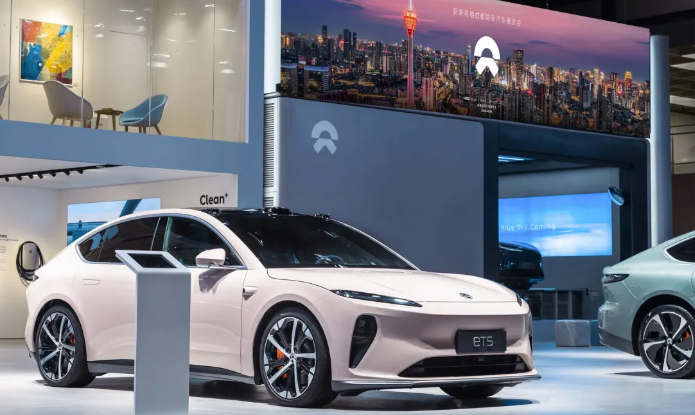In a bid to counteract declining market shares in Europe and the United States, China is pivoting towards its Asian neighbors for a boost in its electric vehicle (EV) and lithium battery exports. The move comes amidst ongoing anti-subsidy probes and trade restrictions from Western markets, presenting new opportunities and challenges for China’s export-driven economy.
Recent data from Chinese customs revealed a nearly 20 percent drop in China’s EV exports to the European Union in the first two months of the year, with export volumes falling to 75,626 units from 94,102 units compared to the previous year. The export value also took a hit, decreasing by one-third.
Despite the decline in exports to the EU, China saw a 36 percent increase in EV exports to its partners under the Regional Comprehensive Economic Partnership (RCEP) during the same period. Both the EU and RCEP regions have been significant markets for Chinese EVs, each accounting for around 30 percent of China’s total EV exports by volume. However, the EU’s share has dropped significantly from 2020 and 2021 when it accounted for over half of China’s EV exports.
While China’s overall EV export volume increased by 8 percent to 248,211 units in the first two months of the year, the export value decreased by 13 percent year-on-year. Beijing has identified EVs, lithium-ion batteries, and solar panels as key sectors driving exports and economic growth, replacing the “old three” pillars of exports: clothing, home appliances, and furniture.
However, overcapacity issues and trade restrictions from the US and EU are posing challenges to China’s growth goals. As a result, analysts predict that China may increasingly focus on its neighboring markets to boost exports, while some domestic manufacturers could struggle in a saturated EV market.
China’s exports to the US saw a significant decline, with EV exports down by 42 percent and lithium battery exports decreasing by 46 percent in the first two months of 2024 compared to the previous year. This decline comes as the US added China to its Foreign Entity of Concern list under the Inflation Reduction Act, eliminating subsidies for EV makers using Chinese-made battery components.
In response to these challenges, China is turning its attention to RCEP partners, including South Korea and Indonesia, where EV exports have increased significantly. China has also doubled its EV exports to Japan, another RCEP member, in the past two months.
The RCEP, a free-trade agreement involving 15 members, aims to eliminate up to 90 percent of tariffs on imports between its signatories. This agreement is making it easier for China to export EVs to RCEP members, as it provides clauses on cumulative sourcing and preferential access within the region.
Additionally, Central Asia is emerging as a new destination for China’s EVs, with exports to the region increasing by 2.3 times in the first two months of the year compared to the previous year.
The shift towards Asian markets not only helps China compensate for the decline in Western markets but also offers a means to reduce excess capacity in the domestic market. This strategy, along with continued financial support, could lead to more consolidation in the industry, ensuring its stability in the long run.
(Source: SCMP)







